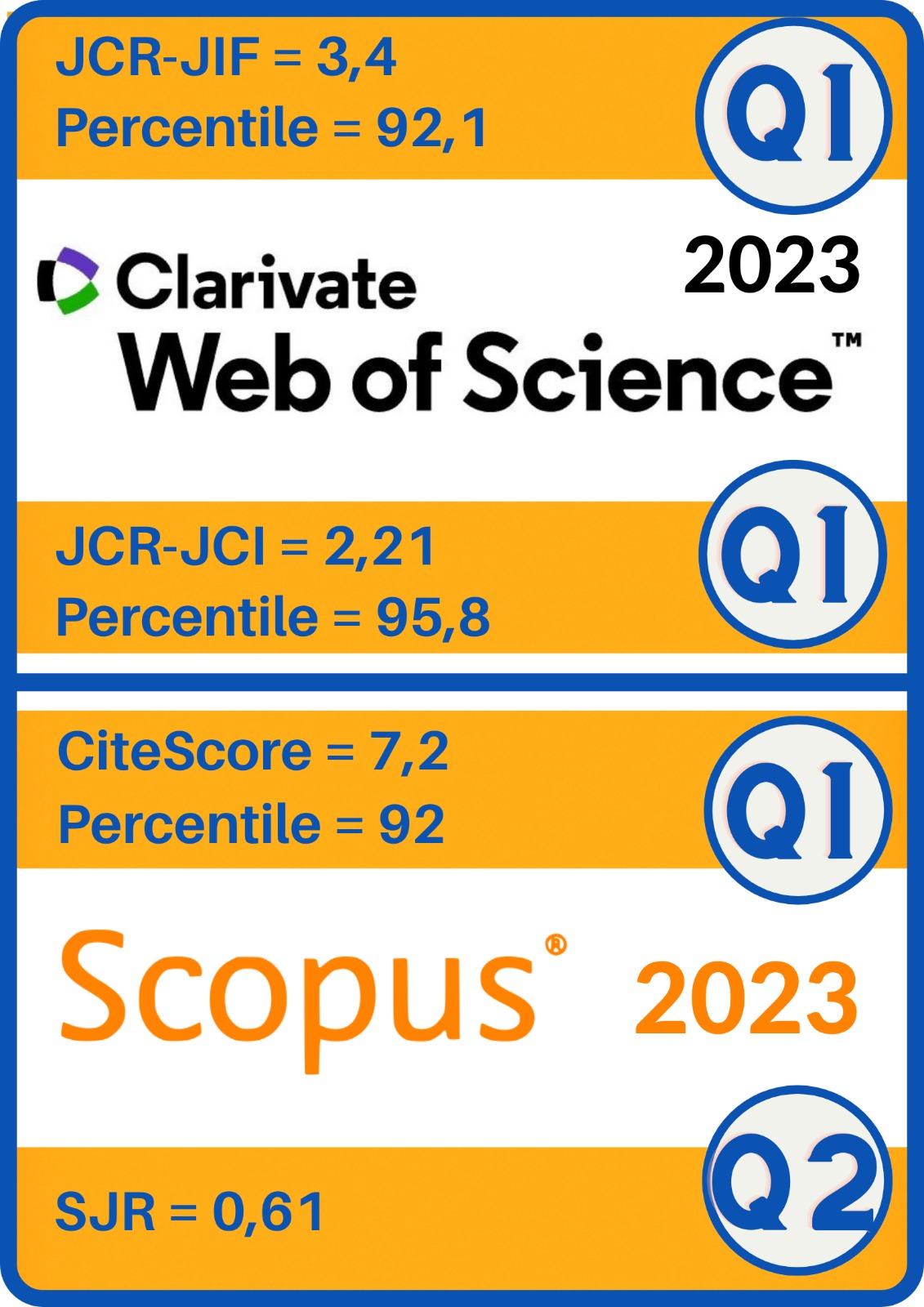Container formats as a new technological mean for improving accesibility in audiovisual learning resources
DOI:
https://doi.org/10.5944/ried.2.13.820Keywords:
accessible multimedia learning resources, multimedia container format, codecs for video and audio, subtitling, video and audio streamingAbstract
One of the main objectives of distance learning methodology is providing access to studying for those who are not able to access face-to-face course delivery, such as individuals with disabilities. The use of educational media through the Internet offers many clear advantages over traditional text-based materials. For example, people with visual impairments can increase the font size on the screen, easily improve the contrast of the image, change colors, etc. Therefore, computers allow people with disabilities to perform activities that would have been more difficult with traditional technology and enables them to access services previously closed to them. Therefore innovation in the management of accessible educational content and new formats or specifications achieving the highest level of accessibility is nowadays one of the most important aspects for the development of distance learning. This article demonstrates the progress that can be achieved using container formats for multimedia resources, resulting in the improvement of existing production, distribution, and maintenance of processes, ensuring their reusability and interoperability.








